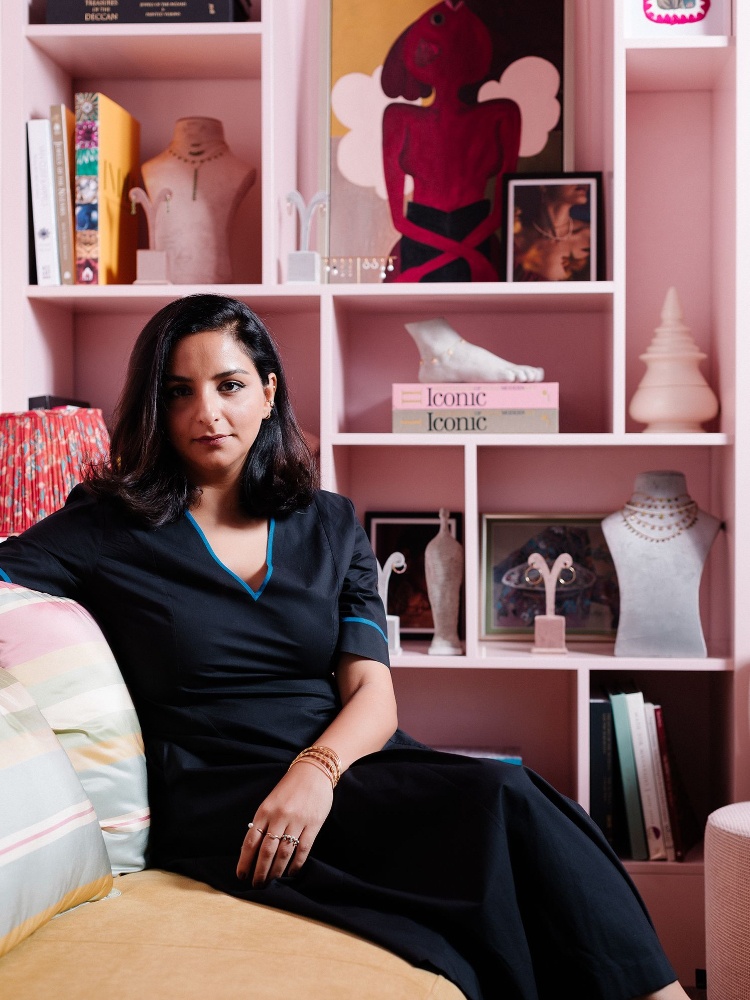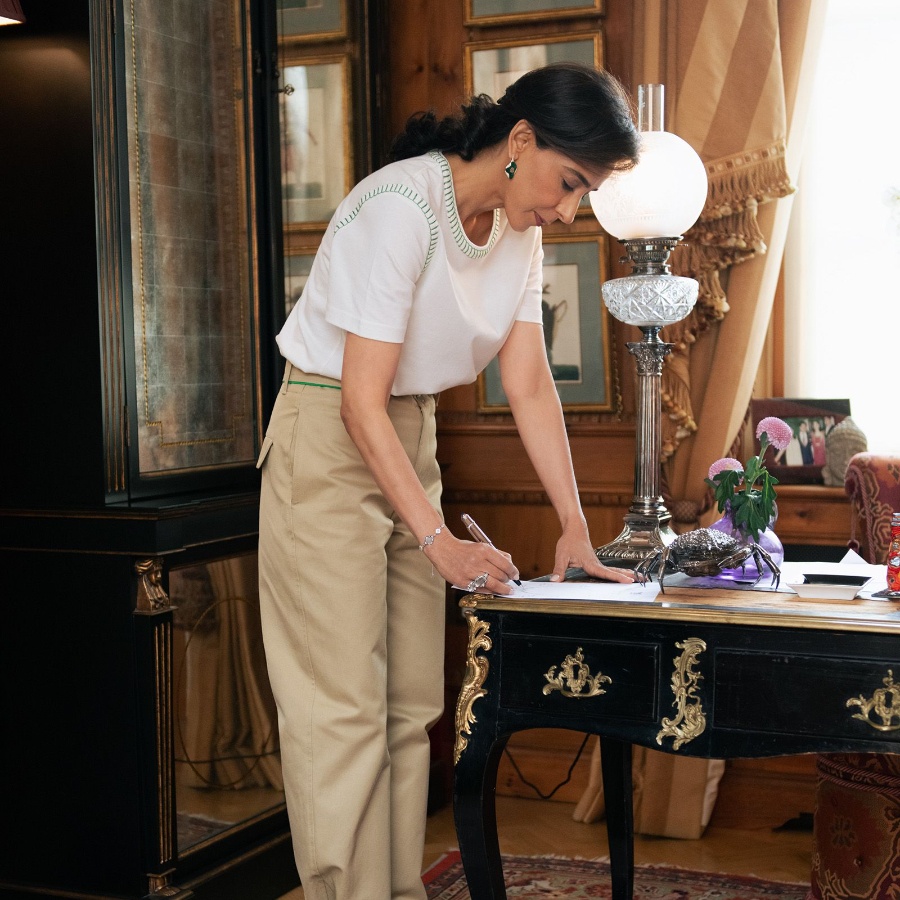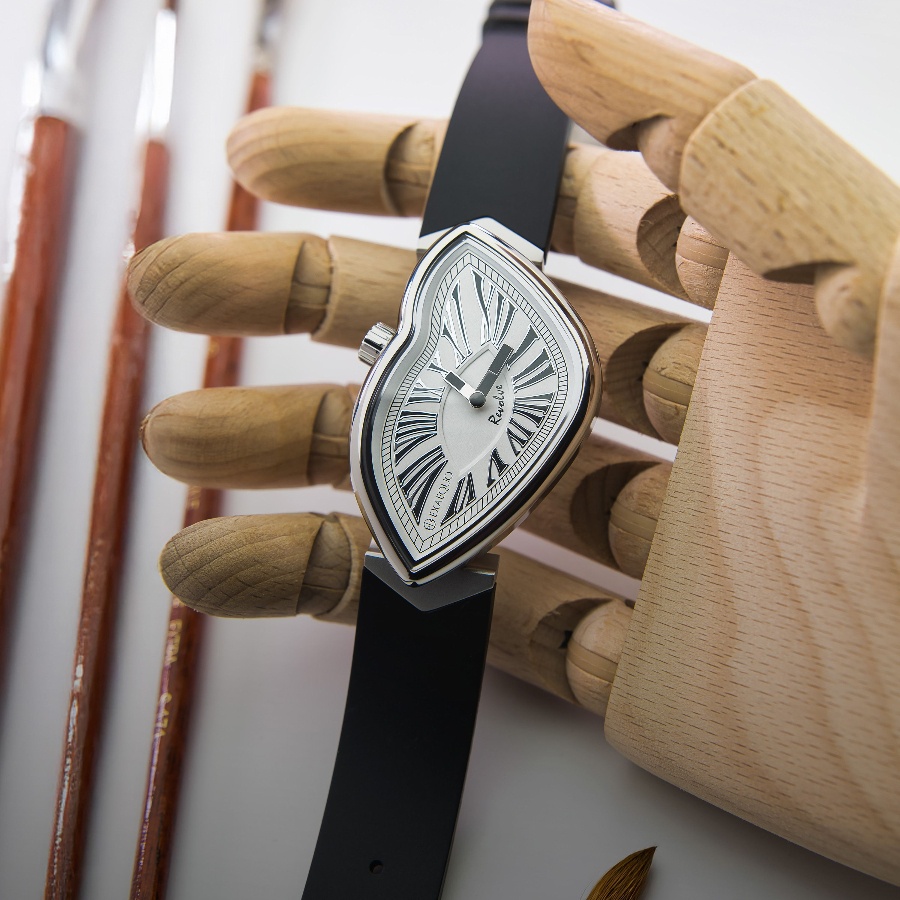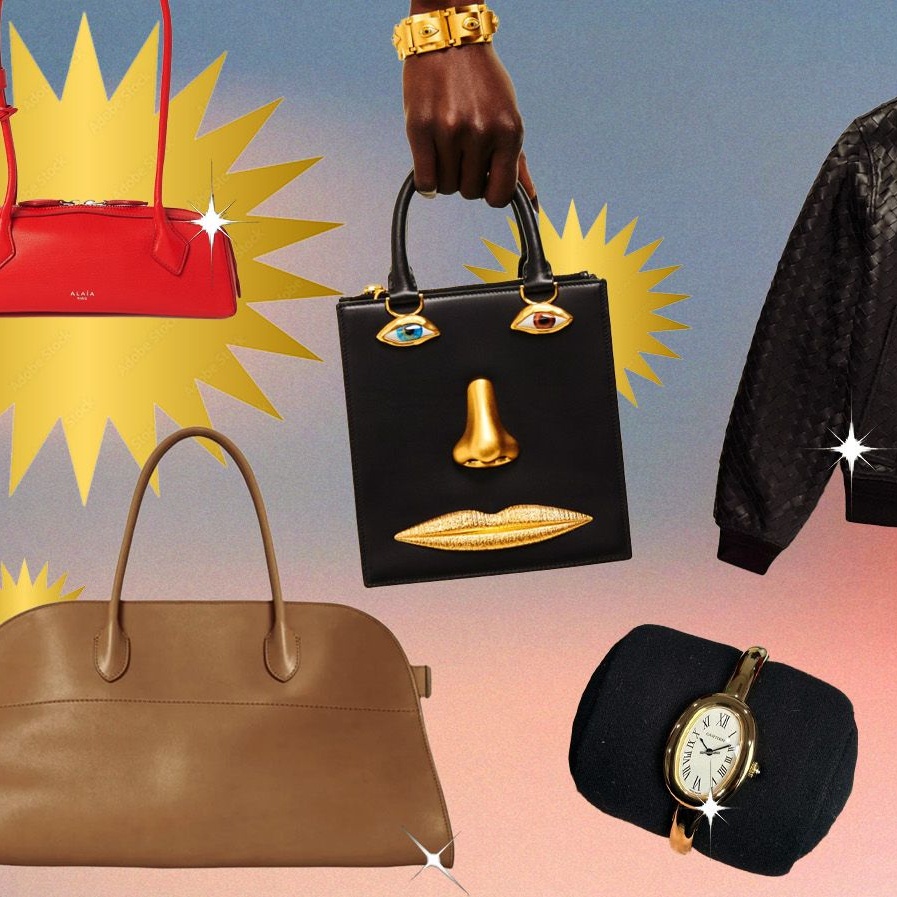For designer Natasha Khurana, founder of jewellery label The Line, it always starts with a gemstone. “Mostly, the gems tell me where they belong,” says Khurana as we chat over Zoom on a Friday afternoon. “I hate playing games. I’m very direct with what I say. It’s the same with stones. What is the bare minimum I can do? Or, how can I let this ruby speak for itself, and what does it want to say?”
Her latest collection, titled ‘Homecoming’, which also marks 10 years of the brand, is an instance of what happens when that voice is given free reign. Like everything Khurana makes, the earrings and necklaces are perfect for everyday wear, yet this time the palette is full of joyful juxtapositions. Like a jade-green chrysoprase drop topped with a candy-pink opal and a pearl, or a spotted Dalmation jasper that’s the pinnacle on an emerald dot and large black onyx. Yet while they might be more colourful, the pieces retain a sense of restraint that has become a signature of The Line.
Khurana, 40, was born and raised in New Delhi and is now based in Dubai, both cities where opulence is celebrated in many ways—in jewellery, in fashion, even in architecture and interior design. She worked as a fashion journalist for many years, writing for Elle and then Harper’s Bazaar, before launching her fine jewellery line in 2015. “I was just turning 30 and it was around the time that the conversation in fashion had shifted a bit towards forever pieces. I was realising that I had entered a different phase in my life and that I now wanted things to last. Things like fabric, material, and craft had become more important,” she says from her studio in Dubai.













